Desktop lamps
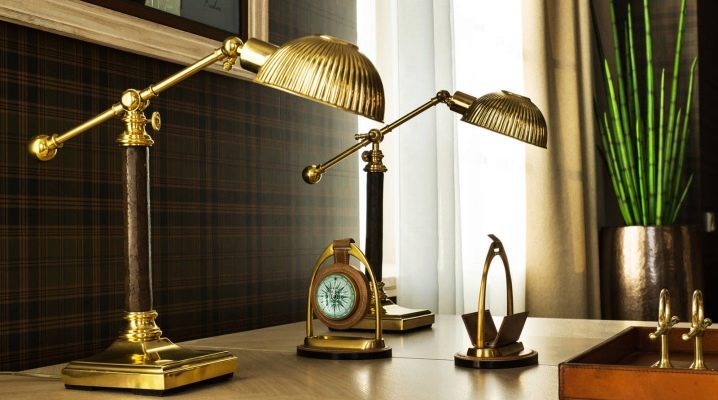
A table lamp is an important attribute of a successful room interior solution. The concentration of attention, eye health and comfort in general depend on how correctly the light is selected. Trademarks offer buyers a lot of varieties of table lamps for the desktop, when choosing which it is easy to get confused. However, in reality, everything is not so difficult: knowing their nuances, dignity and style solutions, it is quite within the power of every buyer to purchase the desired option.
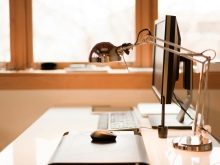
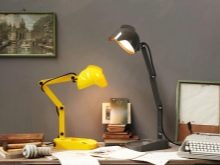
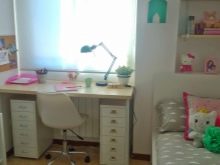
Device and characteristics
Table lamps are special lamps that are installed directly on the horizontal surface of the desk and have a stable base. Mobility is considered one of their main characteristics: they do not always need complex installation for installation on a table. They are placed on a support or fixed in a simple way.
These are functional room accessories with the principle of providing precise access of light to a specific space.
They are intended for all family members, with the exception of babies (if the lamp is in the nursery, the baby sees the light source, which is harmful to the eyes).

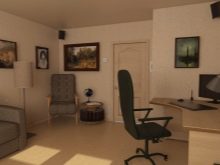
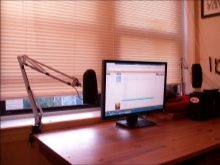
With the right choice and placement, such devices create the most comfortable conditions for:
- work in the evening (or in low light of the room during the day);
- homework by schoolchildren, students;
- maintaining a cozy atmosphere while watching TV, playing on the computer;
- replacing a bright light source in the absence of a night light (relevant in a house where there are bed patients or children of primary school age with fear of the dark).
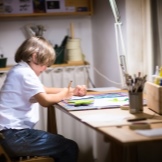


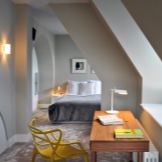
Such products are additional light sources, they create a brighter area on the desktop, adding light to it. This can reduce pressure on the eyes and improve the performance of a person, while reducing the risk of headaches. In addition to the workload, these lamps are design elements, so they are selected mostly based on the style of the room and the age of the user.
However, whichever model is, the choice is made taking into account the technical capacities and various types of settings, including height, direction of light and its intensity.
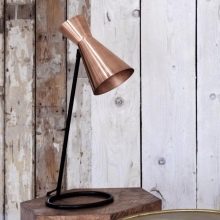
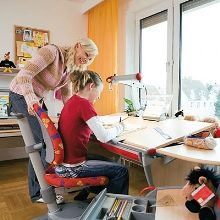
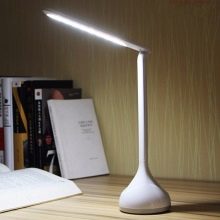
The device consists of a base, a column (legs), a light diffuser, a lamp, a fixture, a wire, a switch, a plug for plugging into an outlet (in stationary models). The current flows from the plug through a wire to the lamp. A switch is required to close or open an electrical circuit and supply current. Dimmable models have capacitors and resistors that regulate the voltage.
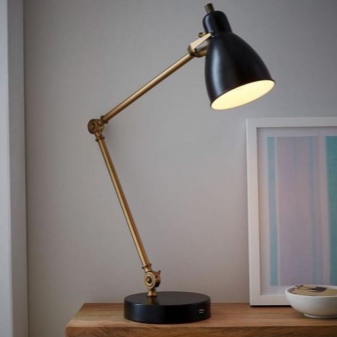
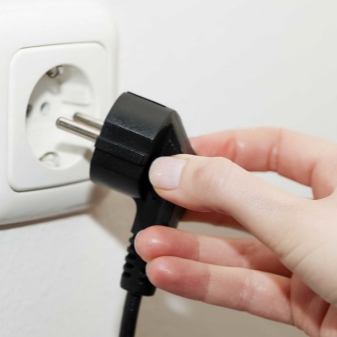
Types of lamps
Desktop lamps are not exclusively decorative, as many mistakenly believe: they are functional interior items that combine decorativeness and work, adjusting the user to the desired mood. They owe their decorativeness to a huge variety of models offered for sale by brands that take into account all the whims of buyers.
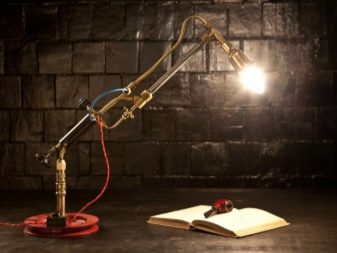

The entire offered range of table lamps for a table with the creation of a soft directional light on the work area is divided into three groups:
- classic - the usual bedside lamps with a floor lamp;
- baby - an alternative to office options, more focused on a simple and attractive design;
- office - strictly functional models without reference to design with the possibility of adjusting the angle of inclination.
The desk lamp range does not include children's bedside lamps and projector models. These lamps have a different purpose and classification: their task is not to illuminate the working area. They are designed for soft twilight with less room lighting and are more intended for parents of babies.
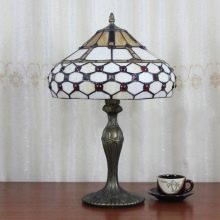
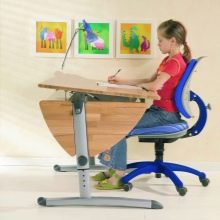
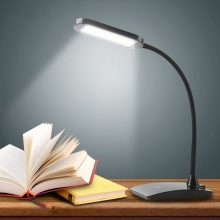
By the type of installation, table lamps for the desktop are:
- classic, with a horizontal support platform with a built-in leg and an on / off button;
- with a clothespin mount, one of the most reliable and miniature mounting options, taking up a minimum of space and allowing you to place a table lamp in any corner of the table without worrying about the risk of falling;
- with fixation by means of self-tapping screws and other fasteners (on the bracket), an equally convenient option that allows you to position the lamp in any corner of the desktop.
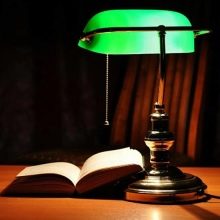
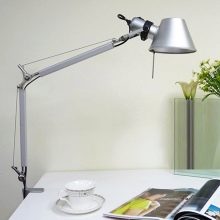
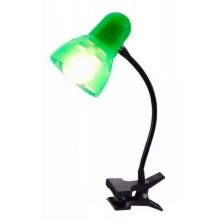
Some brands offer not one, but several options for fixing a table lamp (hybrid models), investing in the package with different clips. This is convenient and allows you to choose the most suitable option, taking into account the taste, stylistic features of the room and the existing furniture.
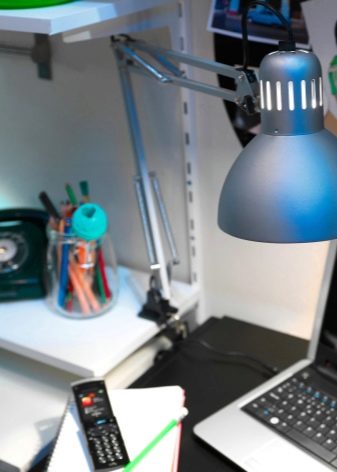
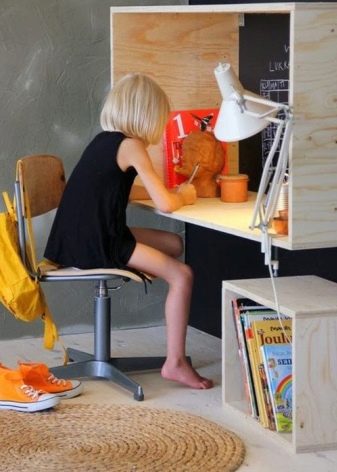
By the type of work, the lamps are stationary or battery-powered. The first varieties are more versatile, the second are more often used in children's rooms.
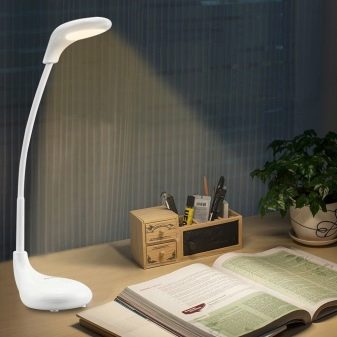
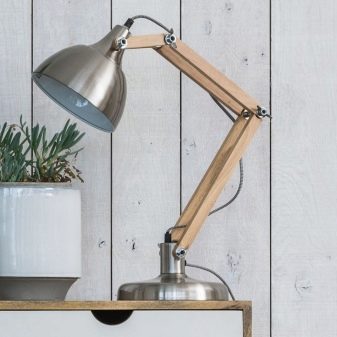
The range of table lamps is diverse. Accessories are:
- with a rigid rigid stand, no adjustment for changing the height, angle of inclination and direction of the light beam;
- with a rigid fixed base and a shade with a hinge mechanism that allows you to change the angle of inclination and direction of light;
- with a bendable support and the function of a complete change of lamp position, the most popular type of table lamp, characterized by different types of legs: they can be articulated mechanical or flexible wire.
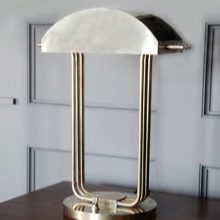
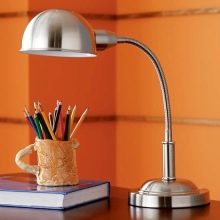
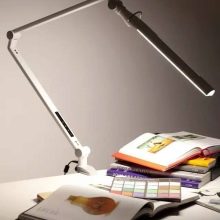
By the type of switch, table lamps come with a system in the form of:
- cord;
- sensor;
- dimmer (models with a dimmer are especially popular today);
- touch dimmer;
- buttons on the wire;
- buttons on the case.

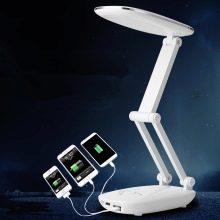

Sources of light
Table lamps use a different kind of light source. The more popular lamps are: LED, with incandescent filaments, halogen and fluorescent.
Each variety has its own pros and cons, and they are selected for specific operating conditions.
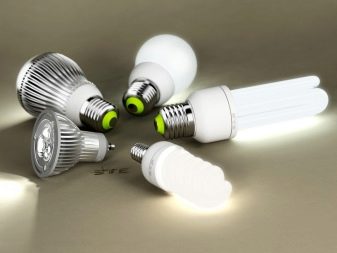
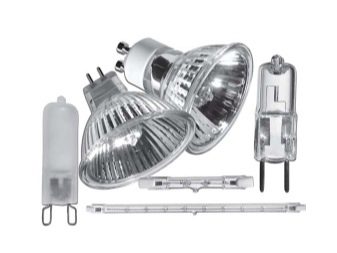
- LED Bulbs resemble natural sunlight, have a low power of 6 watts, suitable for users of different ages. These LED light bulbs are recognized as environmentally friendly: they do not emit toxins into the air like incandescent bulbs. Such lamps are much more expensive than analogs, although their service life is longer (on average, they are designed for 5 years). They feature minimal power consumption and an even, soft, flicker-free light.

- Incandescent lamps are sources of artificial illumination, which is formed by the incandescence of a body (tungsten spiral), heated by means of an electric current to the desired temperature. According to their technical characteristics, such lamps have a relatively short service life (about 1000 hours) and a relatively low efficiency, since when 5% of electricity is converted into light, the rest is released in the form of heat. In table lamps they are used in the form of LON (low-power up to 25 W), mirror, neodymium (with absorption of the yellow spectrum) and halogen.
These lamps require correct selection, otherwise they can lead to fire hazardous situations.
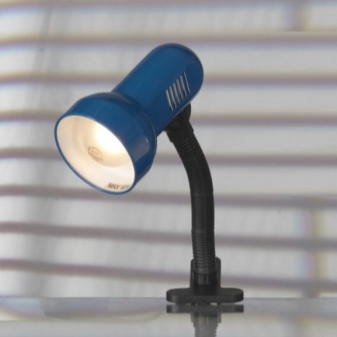
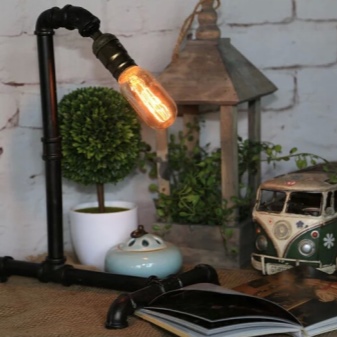
- Luminescent analogs are mercury gas-discharge lamps in the form of tubes with a power of 11 watts, in which ultraviolet radiation, converted into visible light by means of a phosphor, is achieved by an electric discharge of mercury vapor.They can be straight, U-shaped, or other configurations. The characteristics of these lamps are similar to LED ones, their glow also resembles natural. They are conventionally divided into three categories: cold cathode, hot start, and electroluminescent.
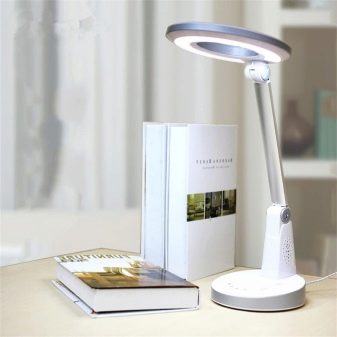
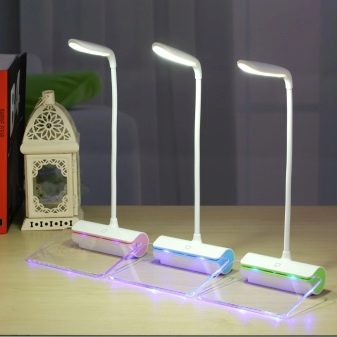
If we compare all types of lamps, then:
- less energy per year use LED (about 330 kW / h);
- the first place in terms of service life is occupied by LED, the second is luminescent, the third is incandescent;
- in terms of sensitivity to temperature and humidity, LED and incandescent lamps are better;
- energy-saving (luminescent) ones react worst to frequent switching on and off, they also contain toxic mercury;
- incandescent lamps emit more carbon dioxide, LED lamps emit less and they also emit less heat.
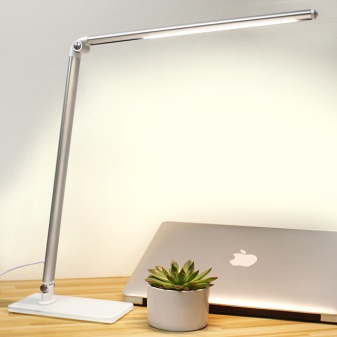
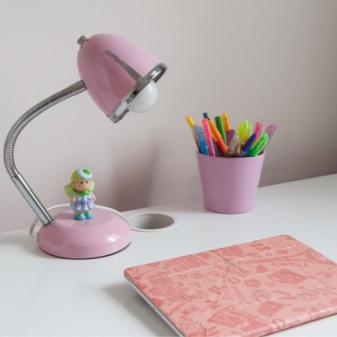
Colors
Despite the mass of light lighting options offered for sale, the shade of light should be as close to natural as possible. So it will not harm the eyes and does not require addiction. For the convenience of choosing, the color temperature is indicated in Kelvin (degrees K): when buying, it is easier to decide which indicator to choose.
Conditionally, the temperature regime can be divided into several types:
- warm children's - soft, the indicator of which is 4000 K;
- moderately warm - standard for adults in the form of 4500 K, suitable for working with papers;
- too yellow - a mode not designed for concentration of attention with an indicator of 2700-3000 K;
- cold - high color temperature in the form of 6500 K or more, not tuned to support the working atmosphere.
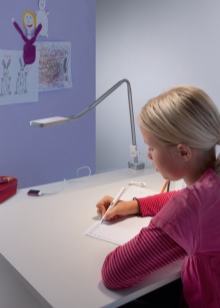
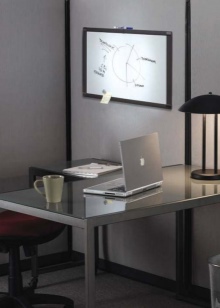

Small halogen lamps (capsule) are cold or white in color.
However, they heat up quickly, so they are completely unsuitable for use in a children's room, or they are selected in such a form, where they are packed in a case that protects against touch.
Variants with LED diodes do not heat up as quickly as halogen counterparts, their illumination is close to natural light, and in addition, they have a choice of shade temperature. Such a lamp can emit warm (for example, yellow or green) light or cold (white) light. In addition, some of these lamps are capable of giving up to 200 different shades to choose from at the request of the user.
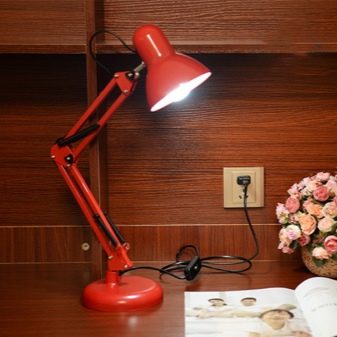
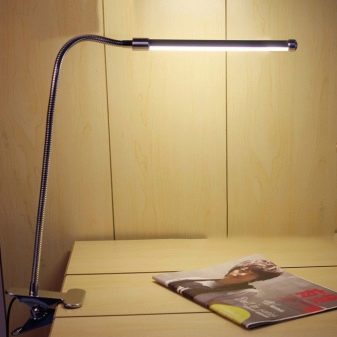
The color solutions of the models are somewhat limited. Poisonous paints that can disrupt the working atmosphere or the entire design are not allowed. The shades are strictly sustained, they can be matte or give a metallic sheen.
The most accepted tones are:
- shades for wood;
- steel;
- beige and sandy range;
- bottle green;
- dark blue;
- muted burgundy.
In some models, there is a contrast of two shades. For example, the shade and stand are colored, and the leg is black.

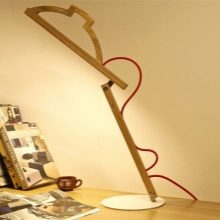

Forms and materials
The appearance and materials of manufacture of table lamps are varied. The raw materials for the lamp depend on the design approach and the style of the model.
Despite the seemingly strict functionality, such lamps are appropriate in the style:
- minimalism;
- underground;
- abstraction;
- Art Nouveau;
- high tech;
- retro;
- glamor.
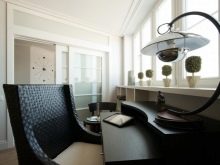

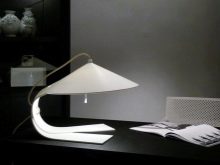
Each direction has its own group of materials and the shape of the lamp. However, in order for the model to look appropriate and not create tension, it is better if its shape is:
- spherical;
- similar to a semicircle;
- in the form of a flat circle;
- trapezoidal;
- conical;
- cylindrical;
- in the form of a prism;
- rectangular flat with rounded edges.
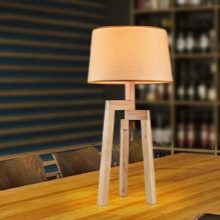
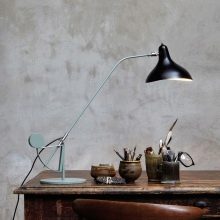
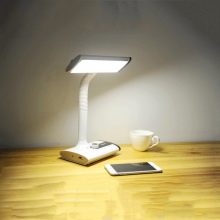
In some cases, the main material is metal, brass, polymer, in others - plastic, plastic, ceramics, glass, paper and even fabric. Home-made lamps are more creative (for example, using glass bottles), although wood is more often the main raw material for craftsmen. Wooden models are coated with environmentally friendly water-based paints that are harmless to health, do not emit toxins, and do not contain heavy metal salts.
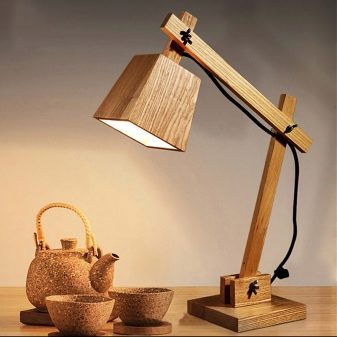
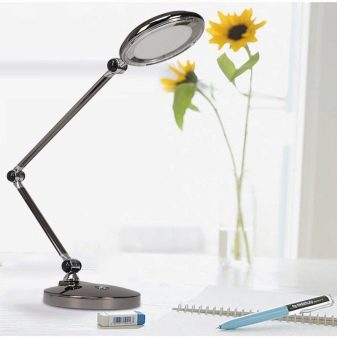
Correct placement
It is not enough just to install the device on the table: you need to do it correctly, otherwise the lighting device will have a harmful effect on the retina and optic nerves.
To make the placement correct, it is worth taking note of a few tips:
- if the user is left-handed, the desk lamp is installed to the right of him, if the user is right-handed - to the left (so the shadow will not fall on the work area while writing);
- the minimum allowable distance between the eyes and the light source should be 50 cm;
- the distance of the lamp from the lighting area should be at least 40-50 cm, the minimum height is 30 cm;
- if it is necessary to illuminate a larger area, the lamp is set to a maximum height of 50 cm.
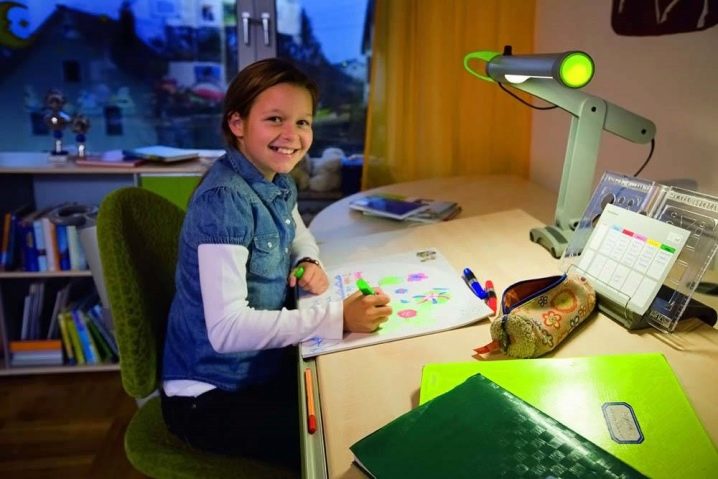
Workplace lighting requirements
Illumination of the desk workplace is based on several principles:
- optimal table area (at least 6 sq. m.);
- reflective effect (strong reflection is excluded);
- inadmissibility of supplying light to the user's face;
- the correct side of the lamp location (otherwise, a shadow may fall on the working area);
- uniform dispersion of the light flux without flicker (correct choice of the type of light source);
- the presence of a rotary mechanism of the lamp;
- optimal brightness that does not irritate the eyes;
- clear organization of the working area (extra illuminated accessories cause eye fatigue);
- the ability of the device to maintain functionality after repeated switching on and off;
- the compatibility of the lighting fixture with electronic control systems.
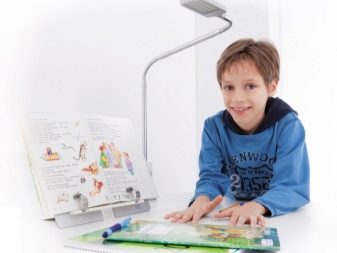
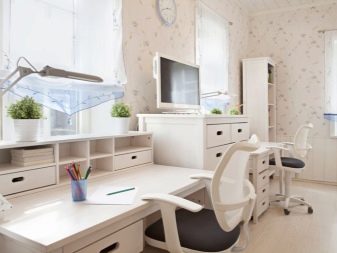
In addition, it is important to understand that the time spent at the illuminated work desk is limited. If the work activity is long, there must be obligatory breaks between work.
How to choose the right one?
Buying a table lamp involves taking into account several factors, among which the first thing you should pay attention to is the location and the method of fastening. In addition, it is important to choose a color scheme, a design that will allow the lamp to successfully fit into the overall theme of the style. Do not forget about the age of the user.
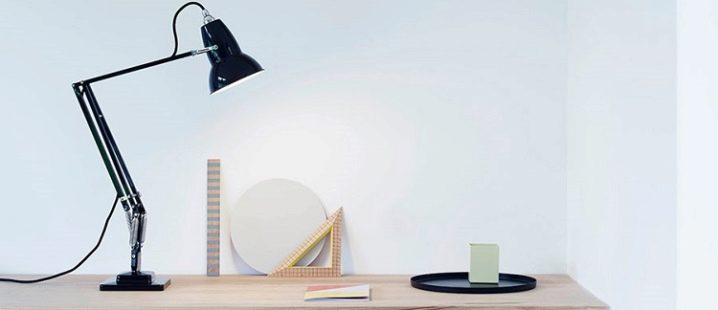
The ideal desktop lamp is a model with:
- the ability to rotate and tilt 360 degrees;
- lamp height adjustment system;
- metal shade;
- switch in the form of a button or sensor;
- LED lamp;
- fastening on a clamp.
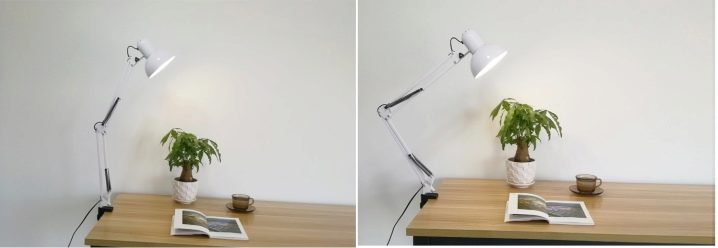
It is important to know: models with mirrored elements, glossy coatings that add strain to the eyes, as well as soiled and impractical accessories that make care difficult are unacceptable.
It is worth excluding plastic products from the list: when heated, it releases toxins. This is especially important when buying a model for children (for example, pupils for preschoolers and schoolchildren).
In terms of power, suitable options are lamps:
- incandescent - from 40 to 60 watts;
- gas discharge - 10-12 watts;
- LED - 4-7 watts.
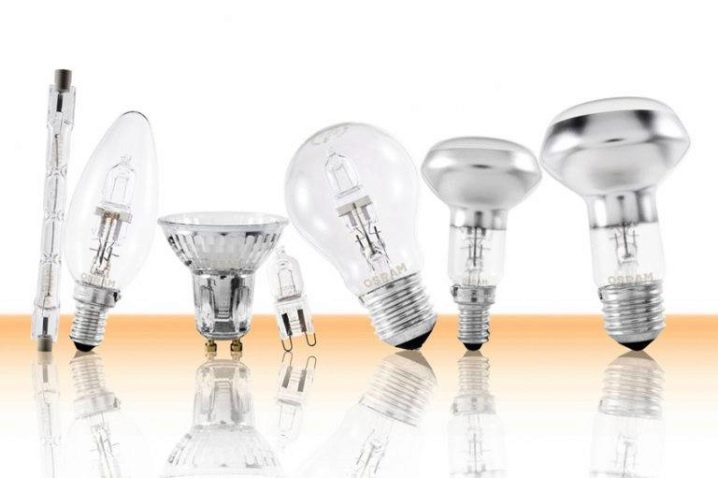
In addition, it is important to consider:
- quality and reliability;
- fastening method;
- material of manufacture;
- the presence of light intensity adjustment;
- compliance with the general idea of design in color and style;
- optimal cable length (1.5-3 m);
- acceptable cost.
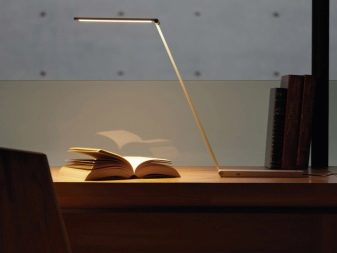

If the product is purchased for a desk and work with a child's computer (first grader or teenager), it is worth keeping in mind:
- a cold type of lamp is unacceptable and harmful to the eyes;
- heated halogen lamps will not work;
- The best shape is a rounded movable arm with light source control and lamp height adjustment (a great way to avoid glare);
- a thin glass shade is the worst choice;
- the universal version should not be heavy and massive;
- the best way of fastening is a clothespin or a regular base without fixing (mobility);
- unnecessary decor and creativity are undesirable: they knock off the working atmosphere.
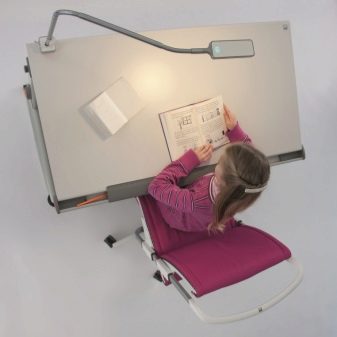
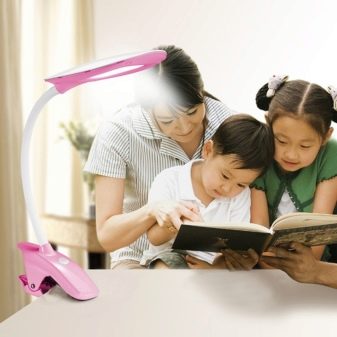
When buying, the documentation for the product is important: a passport, compliance with safety standards and a seller's guarantee are required.The purchase must be carried out in a trusted store with positive customer reviews.
Rating of the best
To better understand what table lamps for a desktop are, you can turn to the products of brands that are in great demand among buyers:
- Odeon light - models in the Art Nouveau style of various types made of metal and other materials, emphasizing a special status and intended for premises of a presentable plan;
- Supra - compact table lamps of the Japanese manufacturer on a clothespin or non-standard plan with an original configuration;
- Massive - products with high-quality assembly, made using modern technologies, undergoing testing during the manufacturing process for safety, color fastness and moisture resistance;
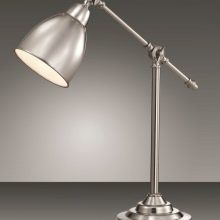
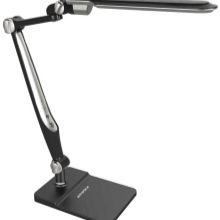
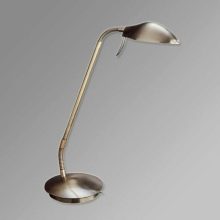
- "Era" - fluorescent lamps for a computer and a desk with high-quality performance and reasonable cost, easy to operate and have an original design;
- Arte lamp - a wide range of table lamps for a different circle of buyers: from laconic and classic forms to ultra-new products with an extraordinary design solution;
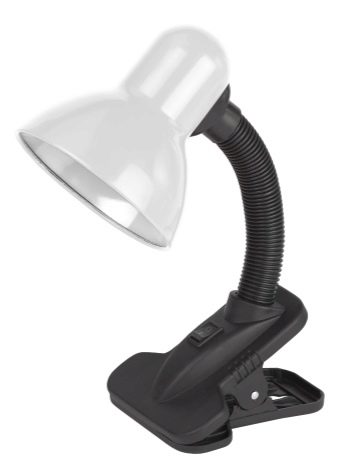
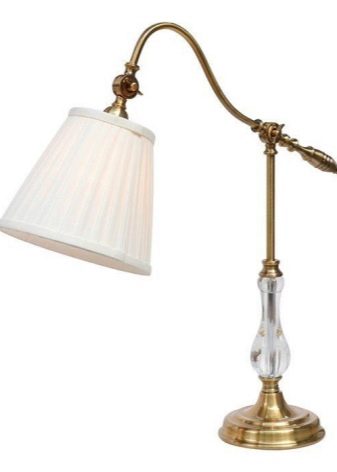
- Globo - products of the Austrian brand with a huge range of models (more than 2000 items), distinguished by the minimum consumption of electricity consumed;
- Uniel - products of a domestic trademark of various types, including LEDs, which are distinguished by the efficiency of consumed electricity, stylish design, good quality and practical characteristics.
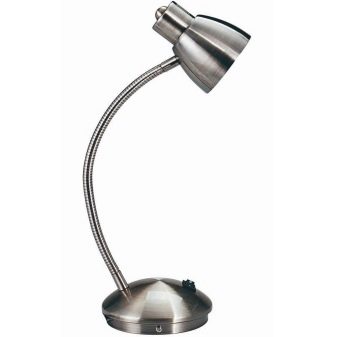
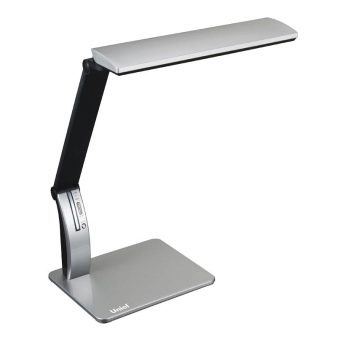
The cost of the models varies from 1,000 to 10,000 rubles. A wide range of prices allows you to choose the most acceptable option, taking into account the taste and the available budget.
Beautiful interiors
Table lamps are unique design techniques. They fit harmoniously into any type of premises, be it a spacious studio apartment or a small room. For example:
- a classic portable lamp in a silvery shade with a hemispherical shade looks harmoniously in the Art Nouveau style;
- model of white matte shade with fixation in the corner of the table perfectly dilutes the dark spots of the interior, adding a sense of light to the room;

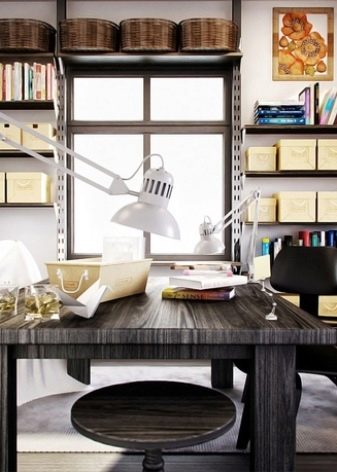
- a vintage accessory in a bronze tone adds uniqueness to any table, giving the interior lightness and notes of romance;
- the desk of the study can be supplemented with a metal device with a movable mechanical leg, emphasizing the special status of the owner;

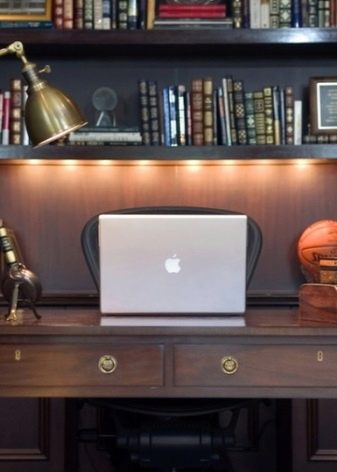
- a portable model of pale pink color is good for a girl's desk, it is a soft and bright accent with an emphasis on functionality;
- a wooden stationary lamp is an original solution to the design of a computer table: due to the unusual material and cylindrical shape, it looks catchy, but appropriate.

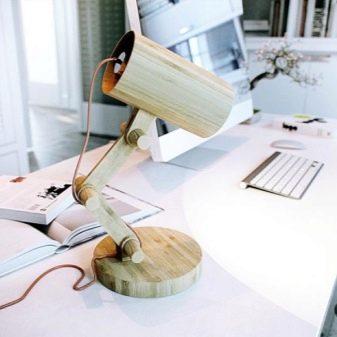
Table lamps for a desktop are modern interior accessories that simplify a person's life, making it more comfortable, taking care of health into account.
How to choose the right table lamp, see the next video.













The comment was sent successfully.